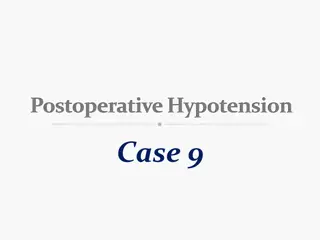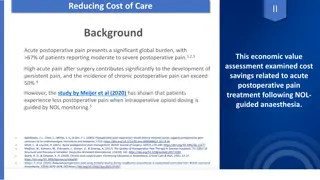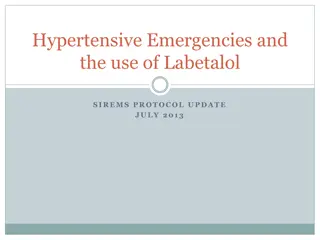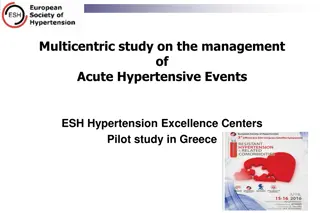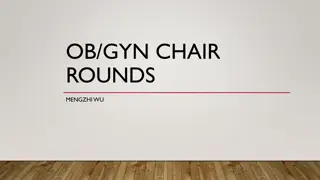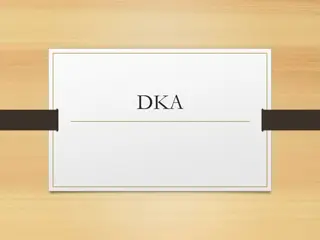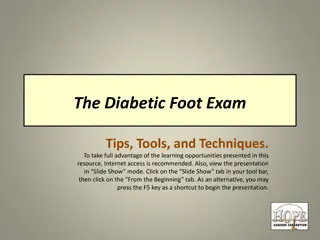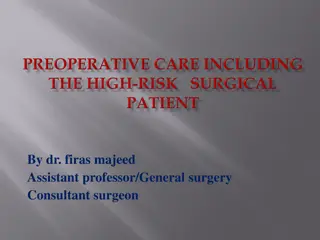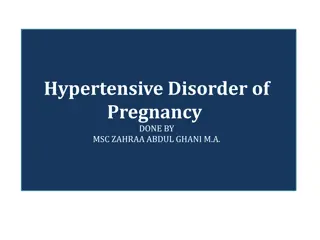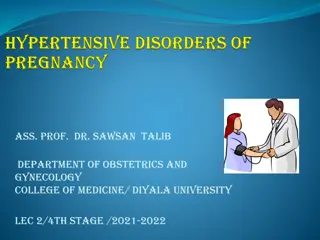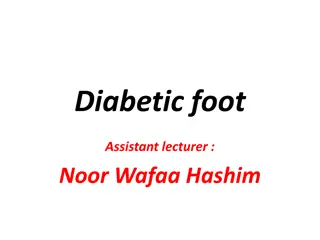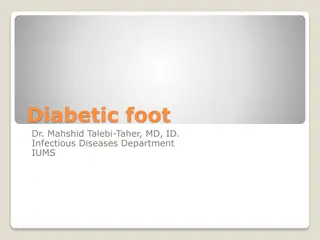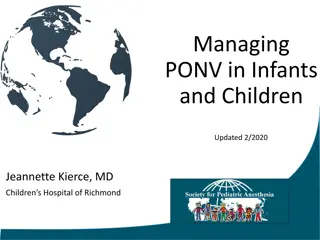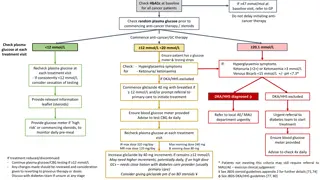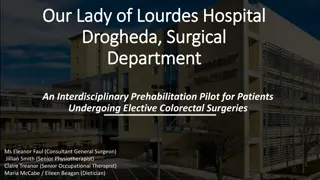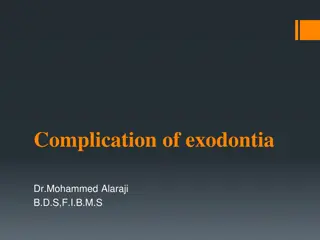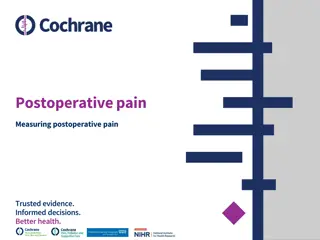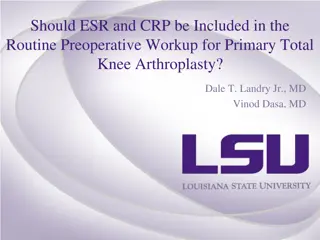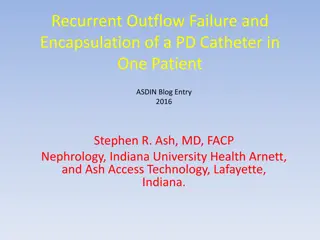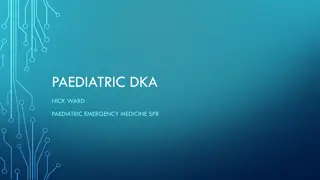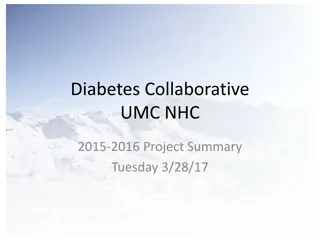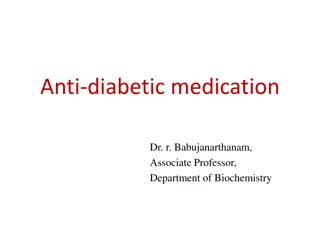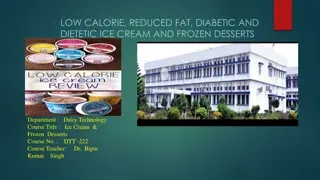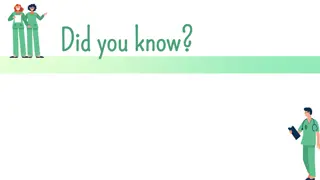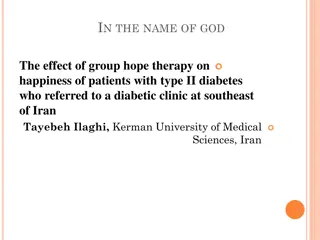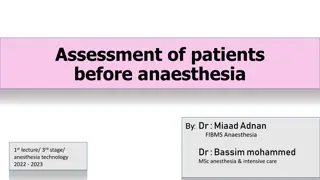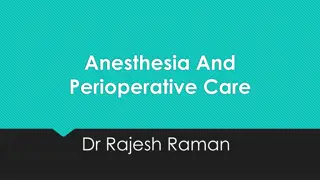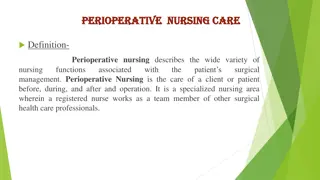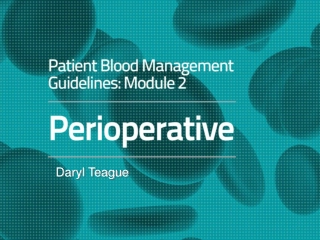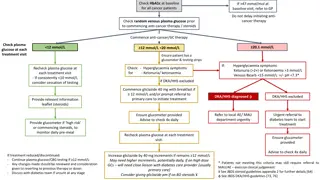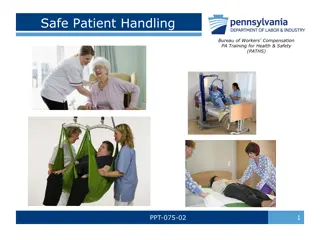Postoperative Hypotension in a Diabetic and Hypertensive Patient Undergoing Prostatectomy
A 78-year-old patient with a history of diabetes and hypertension developed hypotension post-transurethral prostatectomy under spinal anesthesia. Upon arrival in the postoperative care unit, the patient was agitated and shivering with a blood pressure of 89/40. The routine monitoring in PACU includes vital signs, oxygen monitoring, electrocardiogram, and pain score assessment. The assessment plan involves evaluating airway, circulation, and respiration. Discussing ways to manage intraoperative heat loss and methods to maintain the patient's temperature during anesthesia are also covered.
Download Presentation

Please find below an Image/Link to download the presentation.
The content on the website is provided AS IS for your information and personal use only. It may not be sold, licensed, or shared on other websites without obtaining consent from the author. Download presentation by click this link. If you encounter any issues during the download, it is possible that the publisher has removed the file from their server.
E N D
Presentation Transcript
9 Postoperative Hypotension Group B
- 78 years old patient attended as inpatient transurethral prostatectomy under spinal anesthesia known case of diabetics and hypertension on treatment , when the patient came to postoperative care units (PACU) patient was agitated shivering . The patient blood pressure was 89/40 , HR: 85/MIN , RR: 23/ MIN SPo2 difficult to read because of patient shivering.
Q1-What are the routine monitor in PACU: Vital signs BP,TEMP, RR Oxygen monitoring Electrocardiogram monitor Pain score Q2-What is your assessment plan: Assess the airway Circulation Respiration
Q3-Discuss the way for intraoperative heat loss: Body heat is lost in several ways, and there are four major mechanisms at work: 1-Radiation 40% : Transfer of electromagnetic energy between two bodies of different temperature. 2-Convection 30% : Energy transfer will be greater if the air immediately adjacent to a patient skin is repeatedly disturbed.
3- Evaporation 25%: As water becomes vapour, heat energy is lost as latent heat of vaporization. This type of heat loss will be increased if a large surface is exposed to evaporation, e.g. loops of bowel during a laparotomy. Surgical skin prep increases heat loss in this way. 10% is lost via respiratory water vapour. 4- Conduction 5%: Transfer of heat energy by direct contact between two objects of differing temperatures, e.g. a patient being in direct contact with the operating table. A patient lying in a pool of fluid or wet sheets will lose an increased amount of heat via conduction.
Q4-Methods to maintain temperature in anesthetized patient: Warmed/humidified gases A heat and moisture exchange filter is usually incorporated into the breathing circuit. This absorbs heat and water vapour from exhaled respiratory gases and helps warm and humidify the next delivery of gases to the patient. It is not as effective as active warming methods. Forced air warmer This blows warm air into a double- layered sheet that covers as much of the patient as possible.
Fluid warmer/warmed fluids If >500mL of fluid is given it should be warmed to 37 C using a fluid warmer, as should all blood products. Warmed blankets Simple and effective for short cases. Ambient temperature In modern operating theaters temperature can be accurately controlled and should be at least 21 C. Silver-lined space blankets/hats These reduce radiation heat loss.
Q5-What are the causes for post-operative shivering: hypothermia. general anaesthesia itself. regional anaesthesia (e.g. spinal or epidural anaesthesia).
Q6- What is your management plan: 1- Increase the blood pressure: fluid replacement is the immediate step to correct the Hypotension. 2- Treat the underlying causes of hypotension : identify the causes of postoperative hypotension is essential , causes include : OR deficit, haemorrhage , cardiac cause or it could be related to regional anesthesia and treat accordingly.
Q7-Discuss the drugs that used to prevent and treat shivering: Pethidine Ondaserton Propofol Doxapram Anticholinesterase


